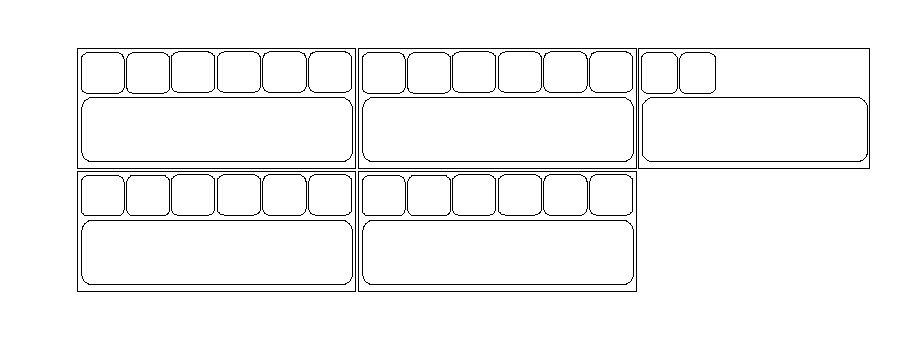
Version 3.1-en Solaris 10 Container Guide - 3.1 3. Use Cases Effective: 30/11/2009
3.17. "Flying zones" – Service-oriented Solaris server infrastructure
Requirement
[os] A highly available virtualization platform to run business-critical applications should meet the
following requirements:
• Breaking the rigid dependency between services and hardware
• Application-oriented and workload-optimized utilization of resources
• No physical separation of production and integration environments
• Functionality in case of disaster
Solution
[os] Business-critical applications are run in Solaris 10 zones both on SPARC as well as on x64
systems. Functionality in case of disaster and location-spanning shifting of zones occurs within a grid
cluster by means of Sun Cluster 3.1. The details:
• Sparse root zones, that is, the zones inherit everything possible from the global zone
• Manual relocation of zones.
• Automatic failover of zones with SC 3.1, container monitoring with SC 3.1 or optional monitoring
at the application level by special tools.
• CPU resource management based on Solaris Fair Share Scheduler.
• Memory Resource Management.
• Application administrator with root access.
• Surveying the workload and the resource requirements on a dedicated staging server of the
cluster (figure).
Assessment
[os] This use case has the following characteristics:
• Up to 24 grid clusters (with up to 8 nodes) based on SPARC or Sun x64-systems. Average CPU
workloads of up to 60% can be achieved with up to 8 zones per Solaris instance.
• Consolidation factor of currently 5 on average, that is, significant savings are achieved for
space, power consumption and air conditioning.
• Distinct increase in efficiency while operating by using a standardized environment (only one
type of OS, only two kernel and CPU architectures).
• Staging server as part of the grid cluster allows accurate measuring of resource requirements
and detailed capacity planning for the grid cluster.
• Production and integration environments are operated in a mixed and location-spanning
manner. In a disaster situation, integration environments are shut down and production
environments are started on the nodes of the remaining data center.
32
Figure 22: [os] Use case: "Flying zones" - Services-oriented Solaris server infrastructure
Global Zone
System
Produc-
tion
Integra-
tion
Produc-
tion
Integra-
tion
Produc-
tion
Integra-
tion
Staging
DC1
DC2
Global Zone
System
Produc-
tion
Integra-
tion
Produc-
tion
Integra-
tion
Produc-
tion
Integra-
tion
Global Zone
System
Produc-
tion
Integra-
tion
Produc-
tion
Integra-
tion
Produc-
tion
Integra-
tion
Global Zone
System
Produc-
tion
Integra-
tion
Produc-
tion
Integra-
tion
Produc-
tion
Integra-
tion
Global Zone
System
Produc-
tion
Integra-
tion


















